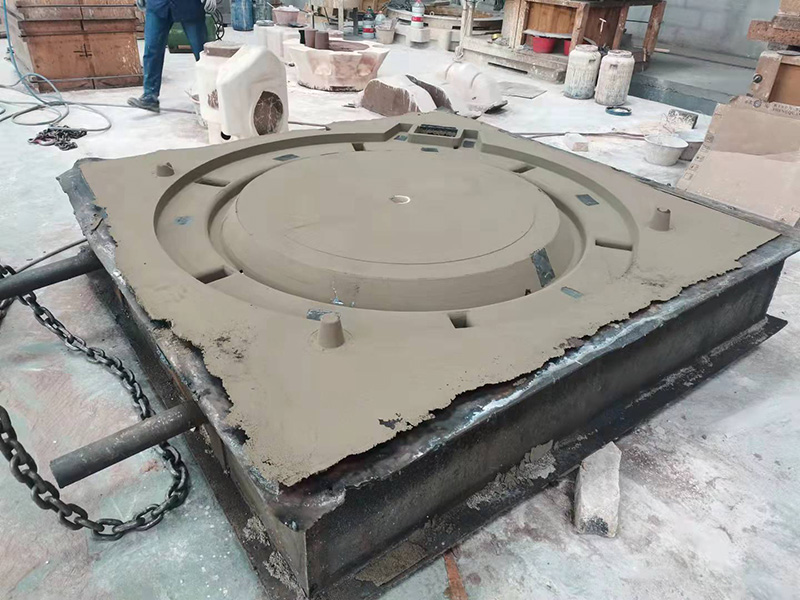Sanding 3D Resin Prints A Guide to Achieving a Smooth Finish
3D printing has revolutionized the way we create objects, offering unparalleled customization and rapid prototyping capabilities. Among the various 3D printing technologies, resin printing stands out for its exceptional detail and smooth surface finishes. However, even the finest resin prints may require additional post-processing to achieve that perfect look, especially when it comes to sanding. In this article, we’ll explore the process of sanding 3D resin prints, tips for achieving the best results, and common pitfalls to avoid.
Why Sand 3D Resin Prints?
The primary reason for sanding 3D resin prints is to remove layer lines that are often visible after printing. While resin printers can produce extremely fine details, the layer lines can still become apparent, particularly on larger or more intricate prints. Sanding helps to smooth out these imperfections, improving the aesthetic quality and feel of the object. Moreover, well-sanded prints can accept paint and other finishes more uniformly, resulting in an overall superior appearance.
Tools and Materials Needed
Before diving into the sanding process, it's essential to gather the right tools. Here’s a list of recommended materials
1. Sandpaper Start with a coarse grit (around 80-120) for aggressive sanding and gradually move to higher grits (up to 400 or even 1000) for finer finishes. 2. Sanding Sponges or Blocks These can provide more control, especially on curved surfaces. 3. Water Wet sanding is recommended for resin prints as it helps to reduce dust and prevent the resin from clogging the sandpaper. 4. Protective Gear Always wear a mask and goggles when sanding resin, as the dust can be harmful if inhaled or if it comes into contact with your eyes. 5. Isopropyl Alcohol For cleaning your prints before and after sanding, ensuring a smooth surface for any further finishing touches.
The Sanding Process
1. Preparation Begin by cleaning your resin prints thoroughly with isopropyl alcohol to remove any uncured resin. Allow the prints to dry completely before proceeding.
sanding 3d resin prints

2. Initial Sanding Start with your coarse sandpaper. Sand in a circular motion or follow the contours of your piece to minimize scratches. Apply light pressure to avoid removing too much material at once.
3. Progress to Finer Grits After smoothing the surface with coarse sandpaper, switch to finer grits. This step is crucial for achieving a smooth finish. Continue wet sanding to keep the dust down and prevent scratches.
4. Inspect the Surface Regularly check your progress. Rinse the print with water to see any remaining imperfections clearly. Don’t rush this process; patience will yield a better result.
5. Final Touches Once satisfied with the smoothness, you can polish the surface with a fine polishing compound or even a soft cloth. This step adds a glossy finish that can significantly enhance the appearance of your print.
Common Pitfalls to Avoid
- Too Much Pressure Applying excessive pressure can remove too much material too quickly, potentially ruining the print. Let the sandpaper do the work. - Neglecting Safety Always wear a mask and goggles. Resin dust can be hazardous. - Rushing Through Grits Skipping grits can lead to visible scratches on the final print. Ensure a gradual transition from coarse to fine.
Conclusion
Sanding 3D resin prints is a critical post-processing step that can dramatically enhance the quality of your final product. With the right tools and techniques, you can achieve a smooth, professional-looking finish that highlights the intricate details of your prints. Remember to take your time, prioritize safety, and enjoy the process of refining your 3D creations. Happy printing!
Post time:12월 . 11, 2024 07:48
Next:Analyzing the Composition of Foundry Sand for Optimal Performance in Casting Processes
